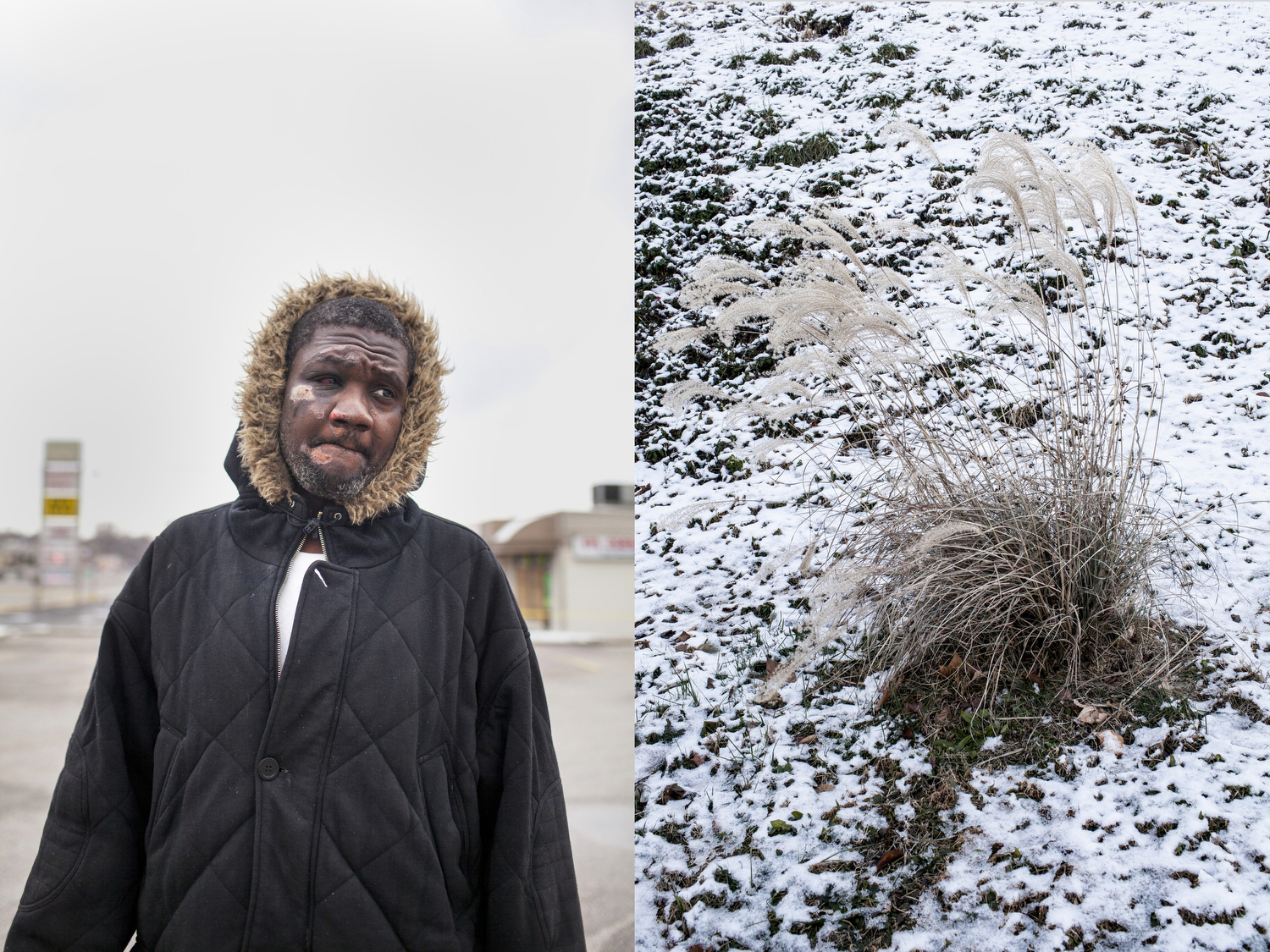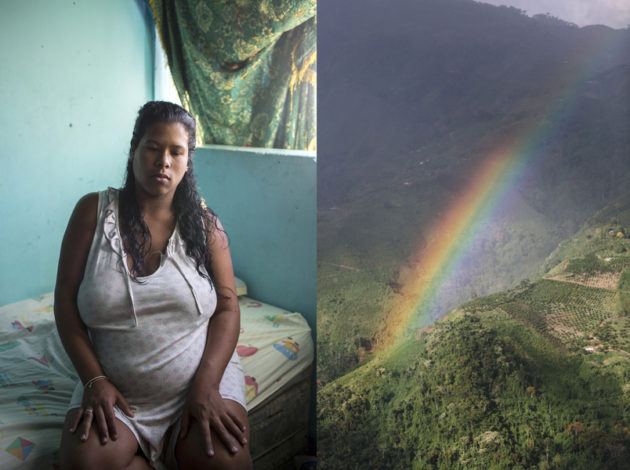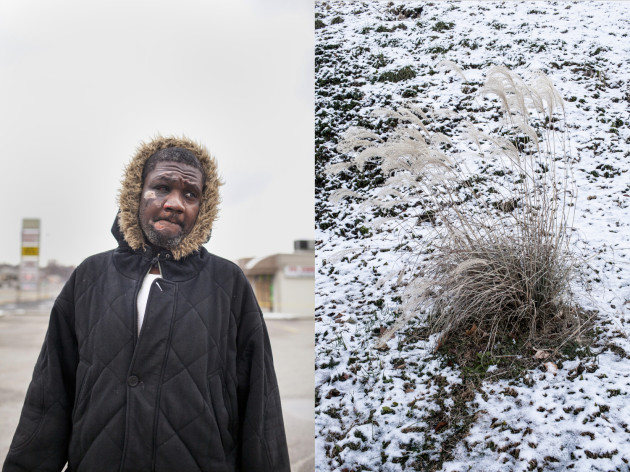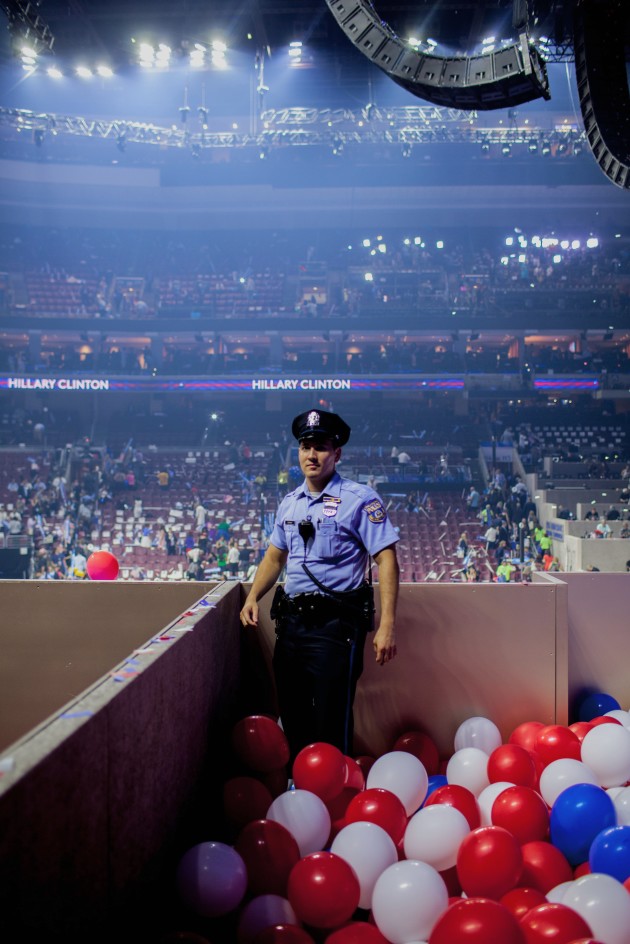
A Bold Photographer Who Captures Social Justice Movements
 Eleanor J. Bader: When did you know you wanted to be a photojournalist?
Eleanor J. Bader: When did you know you wanted to be a photojournalist?
Natalie Keyssar: I dropped out of high school when I was a sophomore because I truly could not get my head around the kind of education I was getting from the warehouse public schools I attended. I couldn’t hold still. I’m curious and adventurous and the schools I went to did not encourage this in any way. I wanted to change the world and school just seemed to be part of the status quo that I wanted to change. I hated it. Going to a good college so that I could get a good job did not sound like something I wanted. Instead of school, I’d go to the Duke Library and read. I was also an activist.
All of my friends were drop-outs. Many were having a hard time at home and when I was 15 or 16 police brutality was a big issue in Durham. There was a lot of police harassment of my friends and me; one friend went to jail when I was 16. He was 19 and was convicted of armed robbery even though he was only carrying a squirt gun. The idea that something like this could happen to a friend inspired me to want to be a journalist, to tell stories about our unfair criminal justice system. But I had no idea how to make this happen.
When I was 17, I moved to Boston to be with my dad; by then my parents had divorced. I was working in an ice cream store and waiting tables and decided to go back to school and get my GED. Even then, I was aware of how lucky I was that my parents are middle class so dropping out was not a life-ending decision for me, like it is for so many others. After I got my GED, I applied to Pratt Institute, got in, and moved to Brooklyn in 2003. To me, New York City represented freedom.
EJB: Did you study photography at Pratt?
NK: No. I studied fine art and illustration. I also painted and loved it. Over the course of my time at Pratt I knew that I wanted my art to talk about issues, big issues. Through illustrating articles, I learned a lot about the many different visual approaches an illustrator can take. In addition to experimenting with art forms, I was always reading and constantly cut out pictures from the newspaper that I posted around my studio. I started to fixate on photojournalism. Still, because I had dropped out of high school, I didn’t think I could pursue this as a career. I didn’t think I was smart enough to be a journalist so when I graduated in 2008, I started waiting tables and also worked part-time for an art dealer. I did everything, billing, sales, art handling, but I knew I wanted to travel, see the world, do more than I was doing. Still, I stayed put.
Then, one day in 2009, I got to my restaurant job and there was a sign on the door saying that the place was permanently closed. None of us on staff had a clue that this was coming; it was really shitty. At the same time, I knew that I could collect unemployment so I decided to treat what had happened as an opportunity. I quit working for the art dealer and looked for an unpaid internship in photojournalism. What the hell, right?
I remember that my mom was visiting—she was living in New Mexico—and was with me when I saw an ad on Craig’s List from a photojournalist in Williamsburg who was looking for an intern. The address was three blocks from my apartment. It turned out that the ad had been placed by a couple, Shaul Schwartz and Julie Platner, both of them photographers, and I started as their intern almost immediately.

Anthony Blocker, 36, walks home from going to the store on Thanksgiving morning, Nov. 27, 2014. The lesions on his face, he said, were due to a non-protest-related incident involving running from local police. On the right, Pampas grass grown on a snowy hill on South Florissant Road on Thanksgiving Day, 2014.
EJB: What was that like? Were you given substantive tasks?
NK: They were wonderful. Shaul and Julie are still people I go to for advice. They gave me my first camera and I’d show up every day and spend as long as I could with them. I literally would not go home! They eventually began to pay me, took me along on assignments, and let me work as their apprentice.
Shaul had been on staff at Time Magazine and worked in Israel, where he was born, as well as throughout the U.S. and in Haiti and Mexico. Julie later incorporated me into a big project she was working on about Nazis and the alt-right here in the States. In 2010, we went to a huge neo-Nazi protest at the Mexican Consulate in Los Angeles. It was my first taste of covering chaos. I wanted to know the neo-Nazis, to figure out what makes them tick because without that there can be no understanding or progress on undoing their message. For me, it’s not enough to just hate bigotry.
There were times I was scared, of course. They could have hurt me or Julie, but not looking at them is simply not an option. We can’t look away just because their movement is ugly. Julie and I have since taken pictures at neo-Nazi events in New York state, Las Vegas, and Philadelphia. Covering this event—and others like it–was a major learning experience for me and I worked with Julie on this project for about a year.
EJB: How did you go from working with Shaul and Julie to becoming a full-time freelancer in your own right?
NK: My first published photo was taken at Masbia, a kosher kitchen that feeds indigent people of all races and religions in Flatbush, for the Brooklyn Rail. I had also started cold calling every publication in metro New York to say, ‘I’m available for assignments,’ I had a portfolio by then and in the fall of 2010, Julie helped me get work from the Wall Street Journal.
She was freelancing regularly for the Journal at that point and had gotten a call at 6:00 a.m. on September 19th, asking her to take pictures of the funeral following a horrific van accident. Six people from the Bronx, including a pastor and his wife, were killed. Julie was out of town when she got the call, but she plugged me for the assignment. That’s how I got my foot in the door and I have worked from the Journal ever since.
It’s been amazing and for about three years, shooting for the Journal was my main source of income. Throughout this time, I continued to do my own projects, including a series of photos of dance hall queens that was published in Time. I’d also taken photos of a tent city in Lakewood, New Jersey, set up by people who’d lost their homes during the financial crash and I’d covered the Occupy movement.
EJB: How did you move into international work?
NK: I’d always wanted to work abroad and have always been fascinated by violence and political unrest, but for a long time, I was ashamed to say this out loud. As a woman, I was afraid people would think I was silly to presume I could go into places where there was that kind of turmoil. I was afraid editors would laugh at me, but I was really antsy and wanted to do bigger stories than I’d done.
I wasn’t sure how I could break in and was thinking about this while I was vacation in Tulum, Mexico, in January 2014. While there, I began reading about the situation in Venezuela in the Spanish language press. I wasn’t sure what was going on, but I was curious about the politics and class dynamics there. I wanted a better grasp on everything that was happening. I called the editors I knew and asked for an assignment but none of them would give me the go-ahead.
Then I happened to run into Stephanie Sinclair, an incredible photojournalist who I really look up to—in addition to photojournalism she founded an NGO called Too Young to Wed (tooyoungtowed.org). Stephanie was very generous with me, gave me an invaluable pep talk, and loaned me some equipment. I left for Caracas the next day. In addition, a friend of Shaul’s had given me a name and this contact connected me to some Venezuelan photographers, including the head of photography at Reuters. I shot for four days, and an editor at Vocativ, a small start-up that is now defunct, published my stuff. After this, I began to get work. Since that initial trip, I’ve been to Venezuela nine times. I love it.
I’ve also learned that it’s not easy to tell the story of what is happening there. I want my coverage to be substantive, to address the underlying causes of the protests. In 2014 the typical narrative was that people were protesting a dictator. That was inaccurate. They were protesting inflation, food insecurity, and government corruption. I could see that large swaths of the population were supportive of president Maduro, so it was much more complicated than I’d thought, than it was being portrayed in the press. I recognized that struggles are not always David versus Goliath and I wanted to avoid the kind of storytelling that makes it seem that way, Thankfully, I’ve now been able to write about and photograph what is happening in Venezuela in a nuanced way for California Sunday and many other publications.

At the Democratic National Convention, 2016
EJB: You’ve received funding from the international Women’s Media Foundation. How much of your work has been focused on women?
NK: I think it’s important for women journalists and photographers to avoid being pigeonholed into covering things that are considered women’s stories. That said, I admit that the topics that appeal to me most are stories about other women. The Women’s Media Foundation gave me a grant to cover undocumented moms who have been separated from their children. Hearing them talk about abusive husbands and boyfriends who called Immigration and Customs Enforcement on them—an insidious form of domestic abuse–was heartbreaking. Many of these women were deported and their children remain in the United States. The series of photos I shot about this, called Agonies of Exile, was published in The Intercept in 2017.
EJB: What are you working on now?
NK: I just got a grant that will bring me back to North Carolina to teach photography to young people in the criminal justice system. I’ll be going there later this month and will likely go back and forth a few times during the summer, but the bulk of the work will take place in September. The end result, if all goes well, will be a book. I’ll also continue traveling back-and-forth to Venezuela since the story there continues to evolve.



